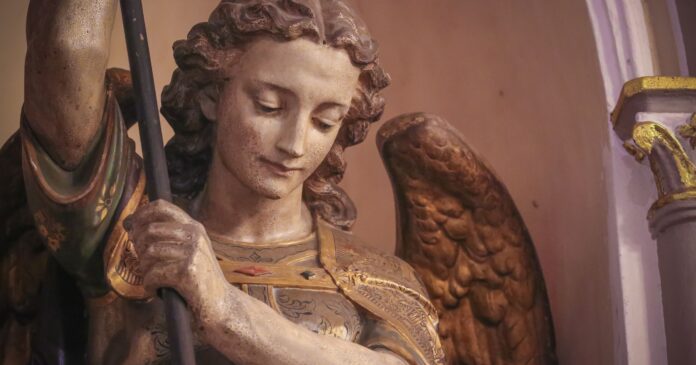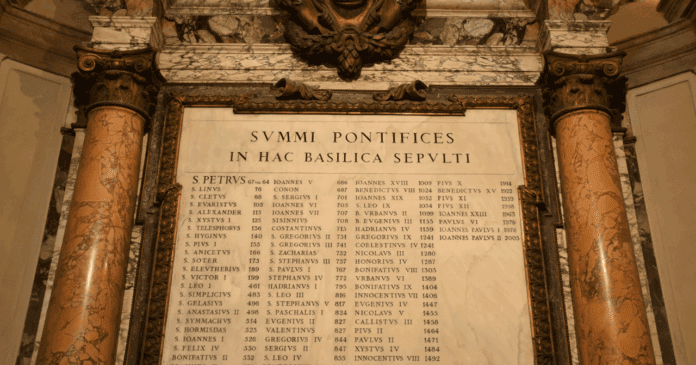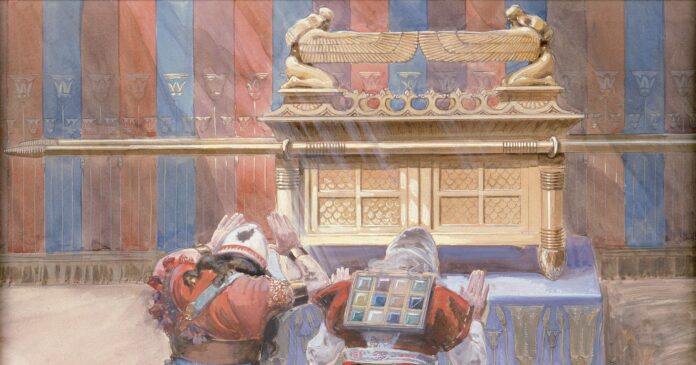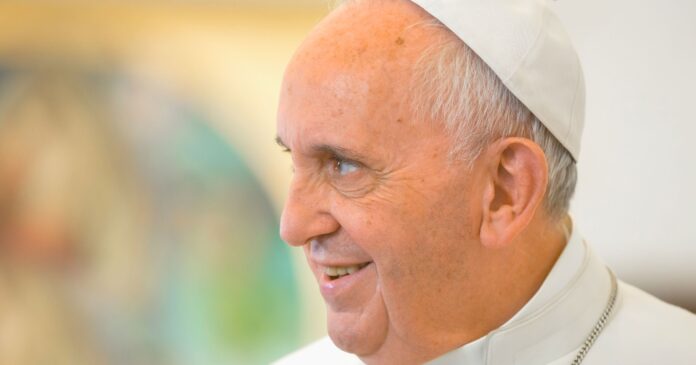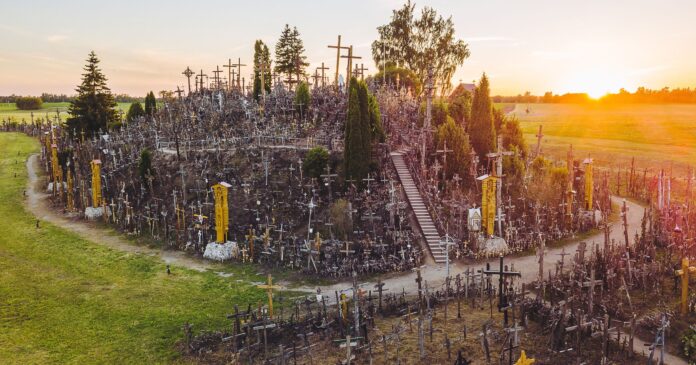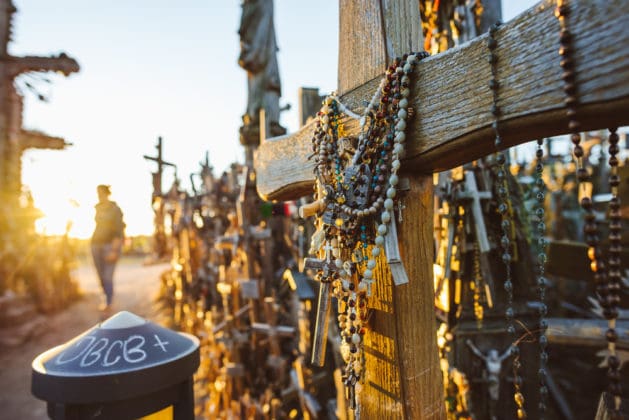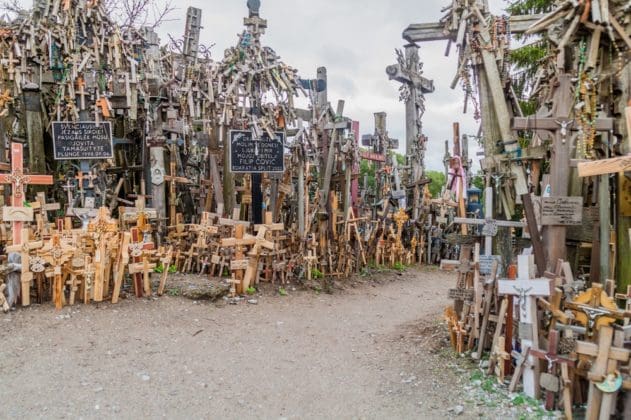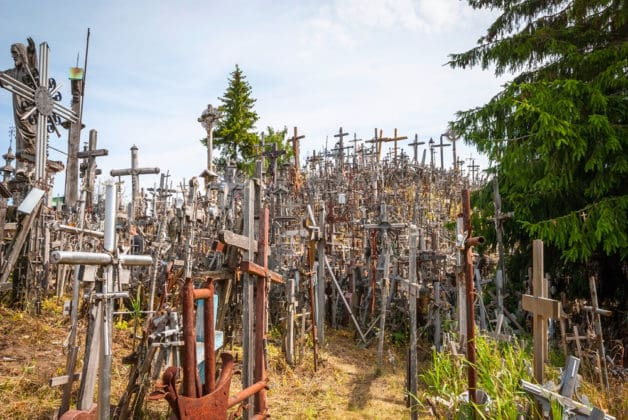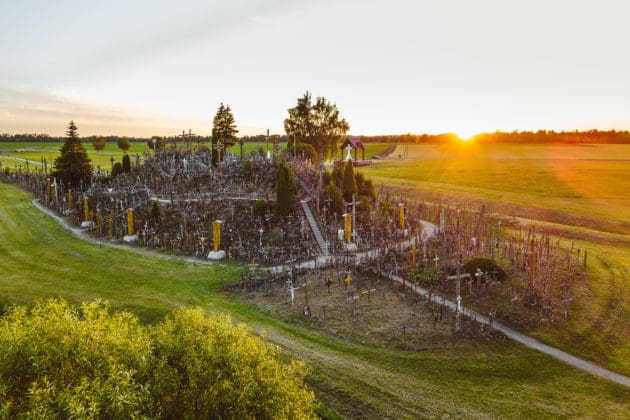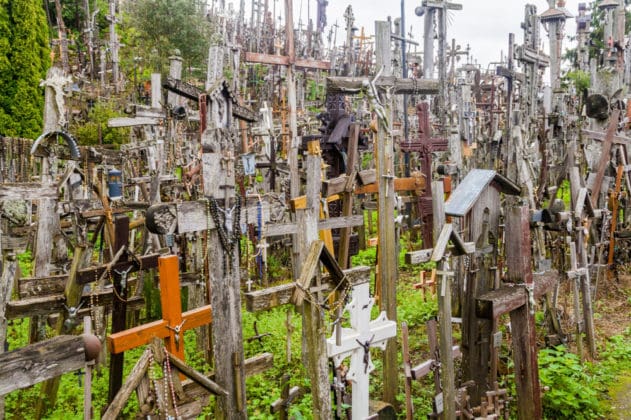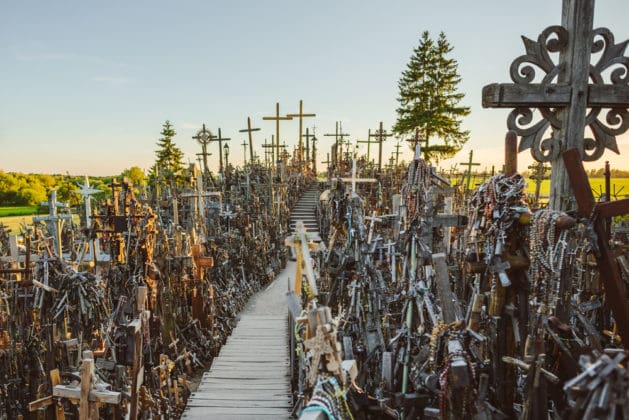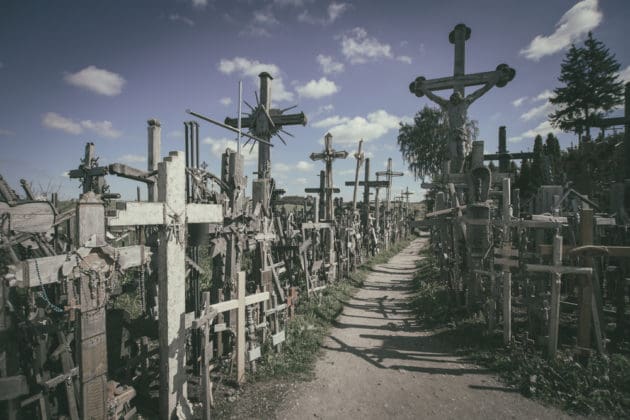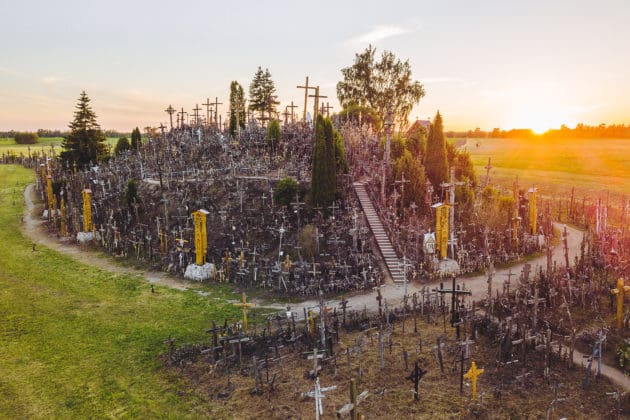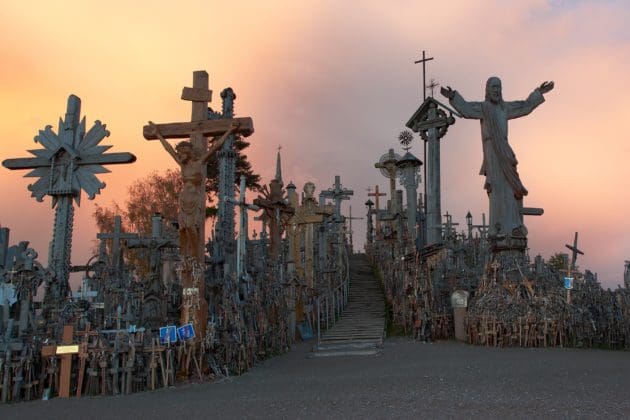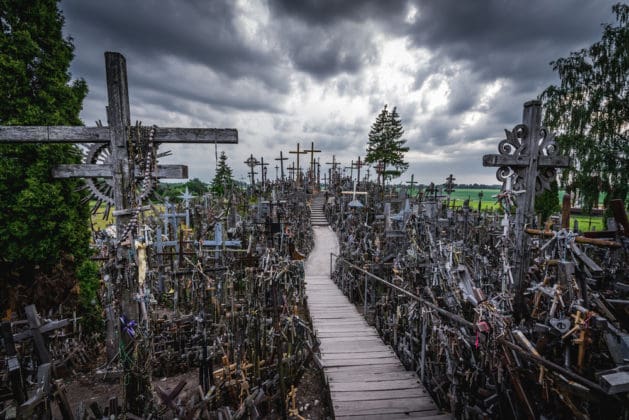Throughout the Old and New Testament, only three divine messengers are given proper names: the Archangels Michael, Gabriel, and Raphael.
“Angels are spiritual creatures who glorify God without ceasing and who serve his saving plans for other creatures: ‘The angels work together for the benefit of us all'”- Catechism of the Catholic Church 350
God reveals to us in Sacred Scripture the names of only three angels out of many, and we are not intended to seek out the names of others. Throughout the Bible, we see many times humans rebuffed when asking for the name of an angel.
“Then Manoah said to the angel of the LORD, “What is your name, that we may honor you when your words come true?” The angel of the LORD answered him: Why do you ask my name? It is wondrous.” – Judges 13:18
The Directory on Popular Piety and the Liturgy states in regards to the matter:
“Popular devotion to the holy angels, which is legitimate and good, can, however, also give rise to possible deviations such as the practice of assigning names to the holy angels which should be discouraged, except in the cases of Gabriel, Raphael, and Michael whose names are contained in holy Scripture” – § 217
What then do the three names of the Archangels God has chosen to reveal to us mean?
Archangel Michael
The name Michael comes from the Hebrew Mîkhā’ēl, literally meaning “Who is like God?” – a rhetorical question, implying no one is like God. Michael is referenced only five times in the Bible, and is traditionally ascribed the title defender of the Church – he is the leader of God’s armies in Heaven’s war against Satan given four offices:
1. To fight against Satan.
2. To rescue the souls of the faithful from the power of the enemy, especially at the hour of death.
3. To be the champion of God’s people, the Jews in the Old Law, the Christians in the New Testament
4. To call away from earth and bring men’s souls to judgment
The prayer to Saint Michael the Archangel was composed by Pope Leo XIII after a prophetic vision in which he saw Satan boast he could destroy the Church in 100 years.
Archangel Gabriel
The name Gabriel comes from the Hebrew Gavri’el, literally meaning “God is my strength.” Gabriel is referenced only four times in the Bible: to announce the birth of John the Baptist and at the Incarnation of the Word in the womb of Mary.
“Only Gabriel, a name that means ‘Power of God,’ was found worthy among all the angels to announce to Mary the designs of God with regard to her.” – Saint Bernard
Pious Catholic tradition believes he appeared to Saint Joseph and to the shepherds, and also that he “strengthened” Jesus during his agony in the garden of Gethsemane.
Archangel Raphael
The name Raphael comes from the Hebrew Rāfāʾēl, literally meaning “It is God who heals.” Archangel Raphael first appears in the Book of Tobit, where he declares he was sent to heal Tobit and his wife – the origin of his attribution with healing.
“I was sent to put you to the test. At the same time, however, God sent me to heal you and your daughter-in-law Sarah.” – Tobit 12:14
While not mentioned in the New Testament, during the second century in the West and among the Greek Fathers in the fourth century, an additional verse was known to John 5 that referenced an Angel coming to the Pool of Bethesda, traditionally known to be Raphael.
“For [from time to time] an angel of the Lord used to come down into the pool; and the water was stirred up, so the first one to get in [after the stirring of the water] was healed of whatever disease afflicted him.”
Editorial credit: Immaculate / Shutterstock.com
Love uCATHOLIC?
Get our inspiring content delivered to your inbox every morning - FREE!
 Deanne Miller is one of the co-founders of SoulCore, along with her dear friend Colleen Scariano. Learn more about the SoulCore movement at www.soulcore.com. Deanne & Colleen pray SoulCore is an instrument of healing, interior peace, and growth in virtue for all who participate.
Deanne Miller is one of the co-founders of SoulCore, along with her dear friend Colleen Scariano. Learn more about the SoulCore movement at www.soulcore.com. Deanne & Colleen pray SoulCore is an instrument of healing, interior peace, and growth in virtue for all who participate.



 Chris+Katie present a weekly program on Wednesdays at St. Elizabeth Seton in Carmel, Indiana called
Chris+Katie present a weekly program on Wednesdays at St. Elizabeth Seton in Carmel, Indiana called 
